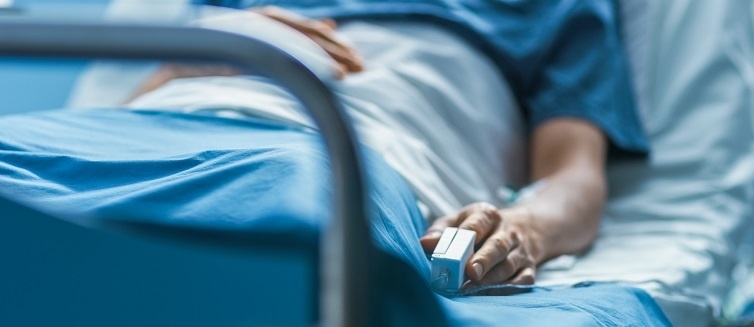Patients who experience serious stroke symptoms because of a blocked blood vessel in the brain may experience better outcomes when treated with a combination of medicine and a minimally invasive procedure.
“Clinical trials have shown that in conjunction with clot-busting medicines, catheter-based treatments provide a superior outcome,” says Charles Romero, MD, interventional neuroradiologist and director of the Comprehensive Stroke Center at UPMC Hamot.
Never Miss a Beat!
Subscribe to Our HealthBeat Newsletter!
Thank you for subscribing!
You can now select the specific newsletters you'd like to receive.
You are already subscribed.
Subscribe to more newsletters in our email preference center.
Sorry, an error occurred. Please try again later.
Get Healthy Tips Sent to Your Phone!
Treatment Options for Stroke and Brain Aneurysm
As a Comprehensive Stroke Center, UPMC Hamot is equipped to treat patients using cutting-edge equipment and techniques.
One innovative procedure is endovascular thrombectomy (EVT), also known as mechanical thrombectomy. In this procedure, doctors use a small catheter to guide a device resembling a tiny basket through a patient’s artery to the site of the clot. The basket then captures the clot and pulls it out, opening the vessel to re-establish normal blood circulation.
As a Comprehensive Stroke Center, UPMC Hamot also can treat brain aneurysms using state-of-the-art devices to divert blood flow away from the aneurysm. These minimally invasive procedures are performed by specialists — including endovascular neurosurgeons, interventional neurologists, and interventional neuroradiologists — and aren’t available at all stroke centers. “Our doctors in all three of these specialties are fellowship-trained to use catheters, small wires, and other newer devices,” says Dr. Romero.
Doctors at UPMC Hamot also use catheters to insert a stent to direct blood flow away from a brain aneurysm, taking pressure off the aneurysm so it is less likely to rupture.
Candidates for catheter-based treatments typically have serious symptoms that indicate a large part of the brain has been affected by a blood, including:
- Extreme weakness
- Issues with speech or not being able to speak at all
- Eyes that drift/turn to one side
- Sudden and severe “thunderclap” headache (often described by patients as the worst headache of their lives)
“These patients have pretty grave and profound symptoms that show a vessel is blocked or ruptured, causing malfunction or disfunction of a large area of the brain,” says Dr. Romero.
Comprehensive Stroke Center Capabilities
As the only certified Comprehensive Stroke Center in Erie, UPMC Hamot offers the highest level of stroke care available 24 hours a day, seven days a week. Certification affirms that the medical center provides the most advanced stroke care – diagnosis, treatment, rehabilitation, and education – with clear metrics to evaluate outcomes. To maintain Comprehensive Stroke Center status, the hospital must adhere to a rigorous on-site annual review of its stroke program.
“Patients in the region come to us for this treatment because we offer clot-busting medicines and the expertise to identify patient who could benefit from advanced interventions — including catheter-based treatments,” says Dr. Romero.
At the first sign of stroke, call 911. To learn more, visit UPMCHamot.org/Stroke.
Approximately 10% of strokes are produced not by blockage, but rather bursting allowing a sudden rush of blood into the brain tissues. Those strokes are less likely to be rescued, but when they occur from rupture of an aneurysm inside the brain they also can be treated by minimally interventional techniques to seal the arteries that are leaking.
Editor's Note: This article was originally published on , and was last reviewed on .
About Neurosurgery
The UPMC Department of Neurosurgery is the largest academic neurosurgical provider in the United States. We treat conditions of the brain, skull base, spine, and nerves, including the most complex disorders. We perform more than 11,000 procedures each year, making our team one of the most experienced in the world. Whether your condition requires surgery or not, we strive to provide the most advanced, complete care possible. Our surgeons are developing new techniques and tools, including minimally invasive treatments. Find an expert near you.
